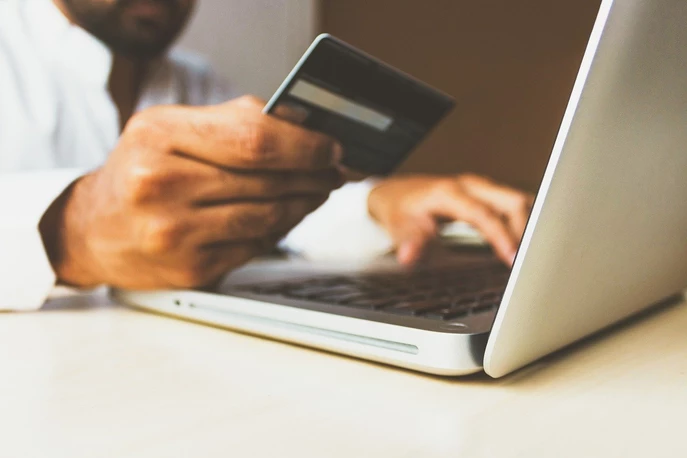
COVID-19: Speeding Up the Transition to Digital Shopping
Online shopping is one of the top activities consumers say they want to spend more time doing while at home. With 95% of the American public under some form of lockdown, digital is no longer a marketing silo. For many brands, it’s the whole ballgame. Here are some of the ways COVID-19 has sped up the inevitable transition to a more integrated shopping experience:
Augmented/Virtual Reality Shopping
The biggest challenge for apparel brands is that consumers aren’t able to try on the product. ASIC’s fix was to leverage virtual reality. In lieu of a brick & mortar launch, the Asics’ team created content for a VR product launch, which was a hit.
Pre-coronavirus, the biggest hurdle in integrating this technology into the apparel industry was the scrutiny of applying technology into a space that didn’t perceive it as needed. However, with the current stay-at-home reality, shoppers are much more receptive to digital experiences as part of their journey. Most importantly, the technology already exists, so it’s just a matter of adoption before it becomes expected.
“The camera is the new keyboard, the new language in how you communicate with each other and access the digital world. There’s no need to type when you can see.”
Carolina Arguelle | Snap’s Head of Global AR Product Marketing
Apple’s newest iPad Pro comes with the technology to implement AR, and large social media platforms like Pinterest and Facebook have already added features like AR makeup try– on, while Facebook and Instagram are beginning to roll out AR-enabled ads and posts. The most popular example of AR currently on the market is Snapchat’s face filters – but soon we’re going to see AR implemented into clothing try-ons and furniture shopping.
With consumers increasingly relying on video conferencing amidst the pandemic, Snapchat launched a desktop-compatible site alongside AR filters. L’Oreal was quick to jump onto this and created branded AR lenses on the platform. As a discretionary purchase, beauty sales fell 14% in Q1 compared to 2019 and many prestige beauty brands are hopping onto the AR bandwagon to mitigate these revenue losses.
Viewing 3D products in AR increases conversion rates up to 250%.
Shopify introduced the ability for merchants to incorporate 3D models into product pages, and has found that viewing 3D products in AR increases conversion rates up to 250%. Rebecca Minkoff, an early adopter of the service, saw that visitors that interacted with the 3D model were 44% more likely to add the item to their cart and 27% more likely to place an order. Overall, when viewing a product in AR, the customer became 65% more likely to purchase.
Shoppable Content
The modern evolution of late-night infomercials, shoppable content in the form of live streaming has hit large retailers like Kohl’s and Macy’s who are jumping mobile during shelter-in-place.

Courtesy of Pomelo
Pomelo, a fashion retailer, incorporated a live-streaming shopping experience into their app, which has allowed more interaction with the brand, including live feedback and Q&A sessions. Shanghai Fashion Week 2020 went completely digital, also incorporating a shoppable content experience. Many brands are taking to Instagram for its shoppable content, with the platform recently releasing easily accessible e-gift card capabilities for business accounts.
NBC recently announced NBCUniversal Checkout, a new service that is part of the company’s One Platform ad offering. Launching Checkout on its shoppable branded content, ShoppableTV ads, editorial content (both digital and linear TV) and on social media, NBCUniversal Checkout allows viewers to more natively experience shopping embedded in their content consumption. Expected to launch in June, it’s not yet clear if e-commerce sales will make up for lost in-store traffic.
Human Commerce
31% of consumers want brands to offer customized or personalized products. Brands are taking a cue from sites like Depop and Poshmark, which use personalization to provide the “human touch” that shoppers are missing while isolating at home.
Social commerce platform Poshmark, which has over 60 million users, sped up its announcement of Posh Stories to help sellers amidst the pandemic. These stories are styled after Snapchat and Instagram but adds an even more personal touch to shoppable content. This launch comes after Poshmark reported in March that 58% of consumers were okay with buying goods via a brand’s social media page instead of the website, and 75% said they would buy something directly from a person online.
Note: for more detailed tips, insights, and guidelines to how consumer behaviors are shifting and how brands are responding, check out the COVID-19 Recovery & Adaptation for Brands and Businesses.